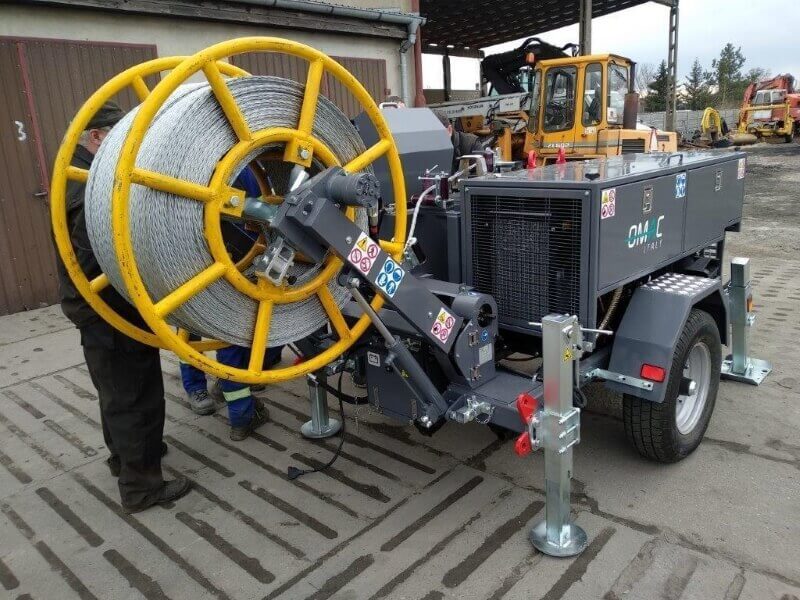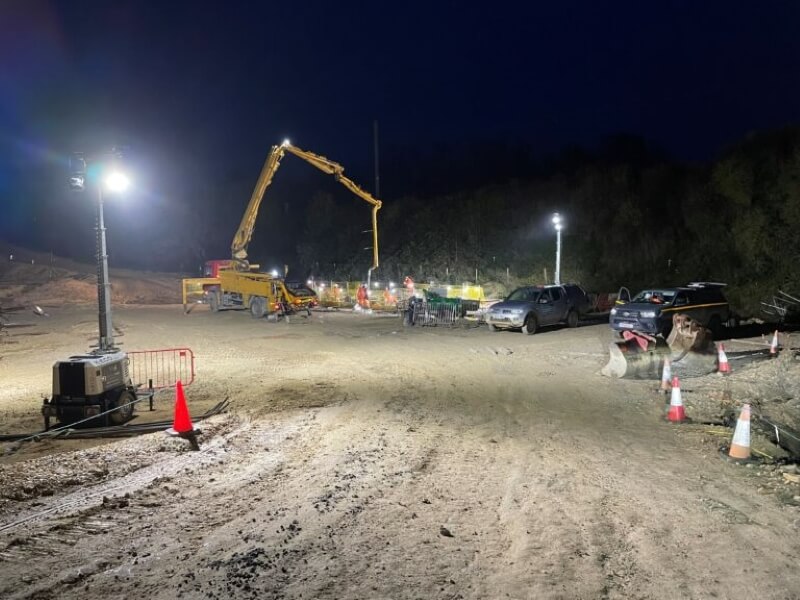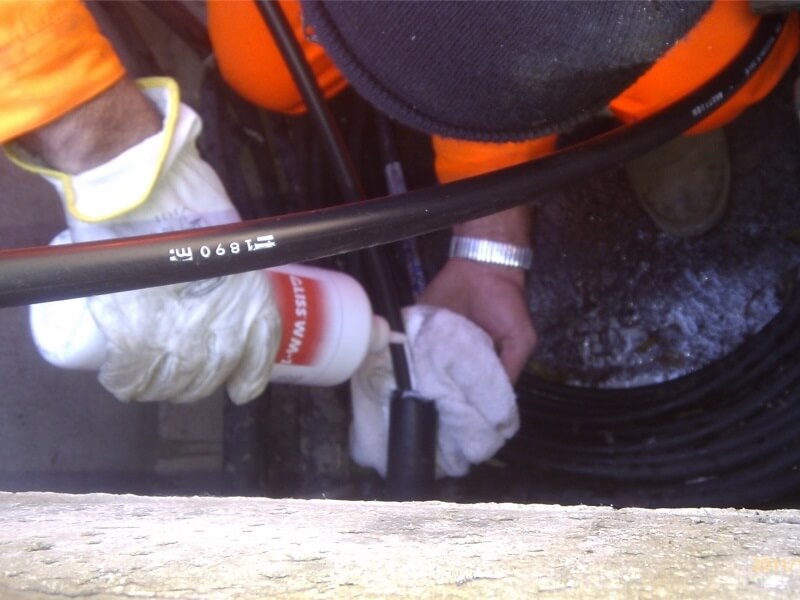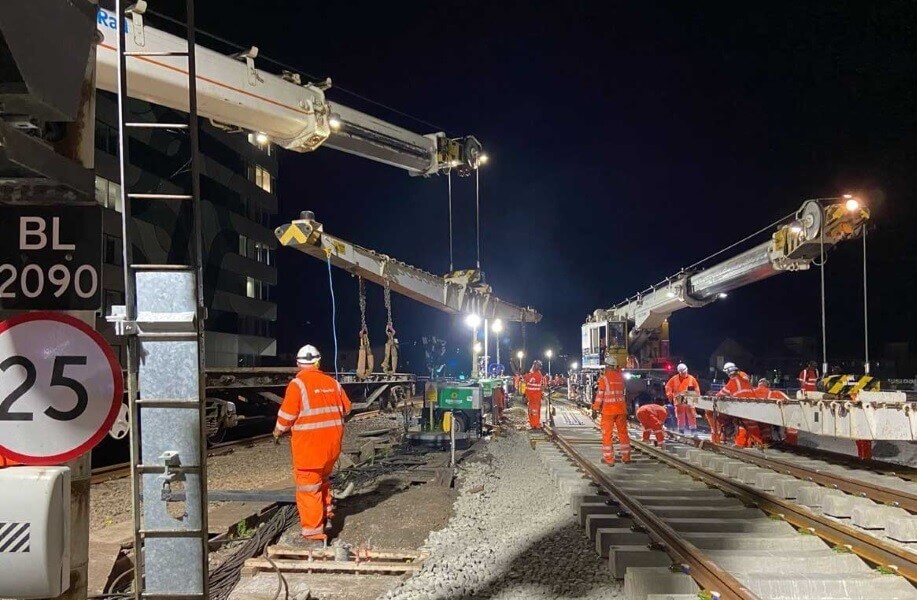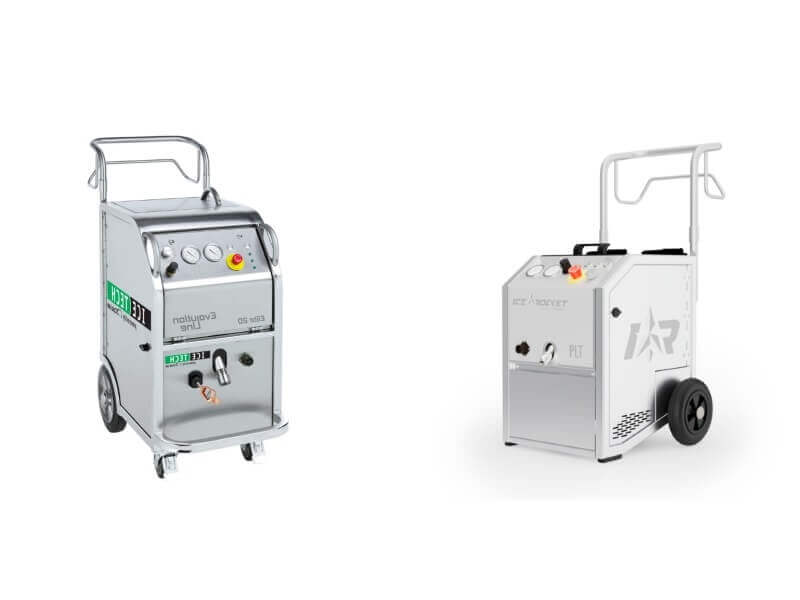Hydraulic cable winches are an indispensable tool in the energy, telecommunications and construction industries, where the question “which winch to choose?” is very often asked and it is worth learning more about the type of winches and their application, current market trends or applicable standards for the operation of combustion machines.
Which winch to choose?
Hydraulic winches are commonly used in various fields where there is a need to pull heavy loads or cables and wires over long distances. They are irreplaceable in situations where it is necessary to precisely control the pulling force and ensure smooth and stable operation. That’s why choosing the right hydraulic winch is critical to efficiency and especially safety.
A hydraulic winch is a device used to pull steel or synthetic ropes. In all types of winches, the rope is pulled by hydraulic motors powered by internal diesel engines. Hydraulic motors are actuators that convert hydraulic pressure and fluid flow into torque and rotation of the capstans.
Types of winches for pulling cables and wires
The basic criteria for which winch to choose is the estimation of the needs regarding the type of work, power and efficiency. For this purpose, parameters such as lifting capacity, pulling speed, cable length, as well as the characteristics of the terrain and possible obstacles must be taken into account.
When it comes to commonly used winches, the most popular are models with a hydraulic drive, which is powered by an internal combustion engine. The most commonly used engine in this sector is the diesel engine due to its power, economy and high torque.
Mobile winches for pulling cable, pipelines and various types of wires can be divided into 3 groups:
Winches for cable lines
Cable line winches are used to pull cables and pipelines using a steel rope wound on a spool, which is located inside the winch.
This solution is used due to the limited distances of laid cables and pipelines. Usually these distances are usually up to 1000m and this is how cable winches equipped with automatic winders are designed. Their power, depending on the needs, can reach up to 60-80 Tons.
The rope mounted inside the machine facilitates its movement and unrolling operations also in difficult terrains and tight places in crowded cities.
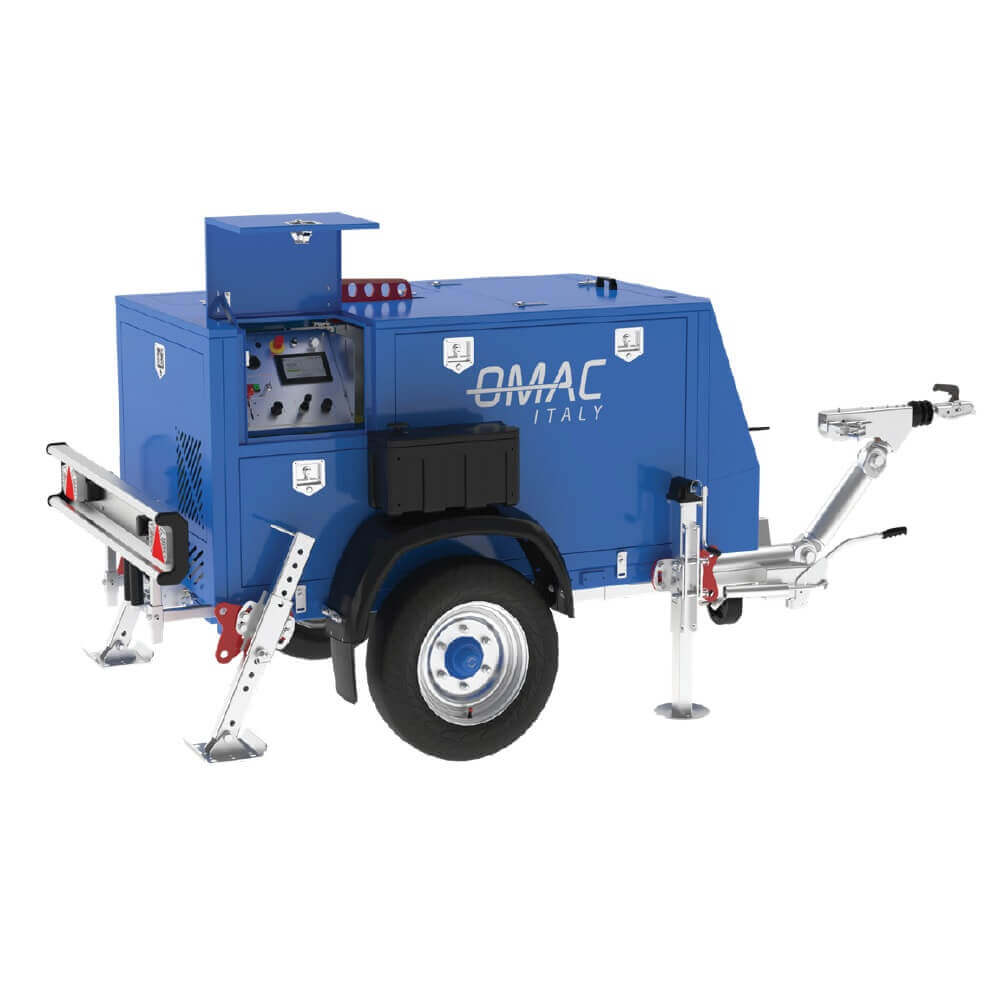
Winches for overhead lines
Overhead winches, due to the specificity of the works for which they are used, have quick assembly of cable drums on the outer arm with an automatic winder. This solution is ideal for works where the rope is pulled over long distances.
The arms for mounting the cable reel on the outside of the winch allow you to quickly change the drum and connect the ropes multiple times to extend them. This is very important mainly in the work on the assembly of medium and high voltage cables, as well as after using the appropriate attachment for pulling cables over long distances.
The system is designed so that the rope wound on the spool is laid evenly.
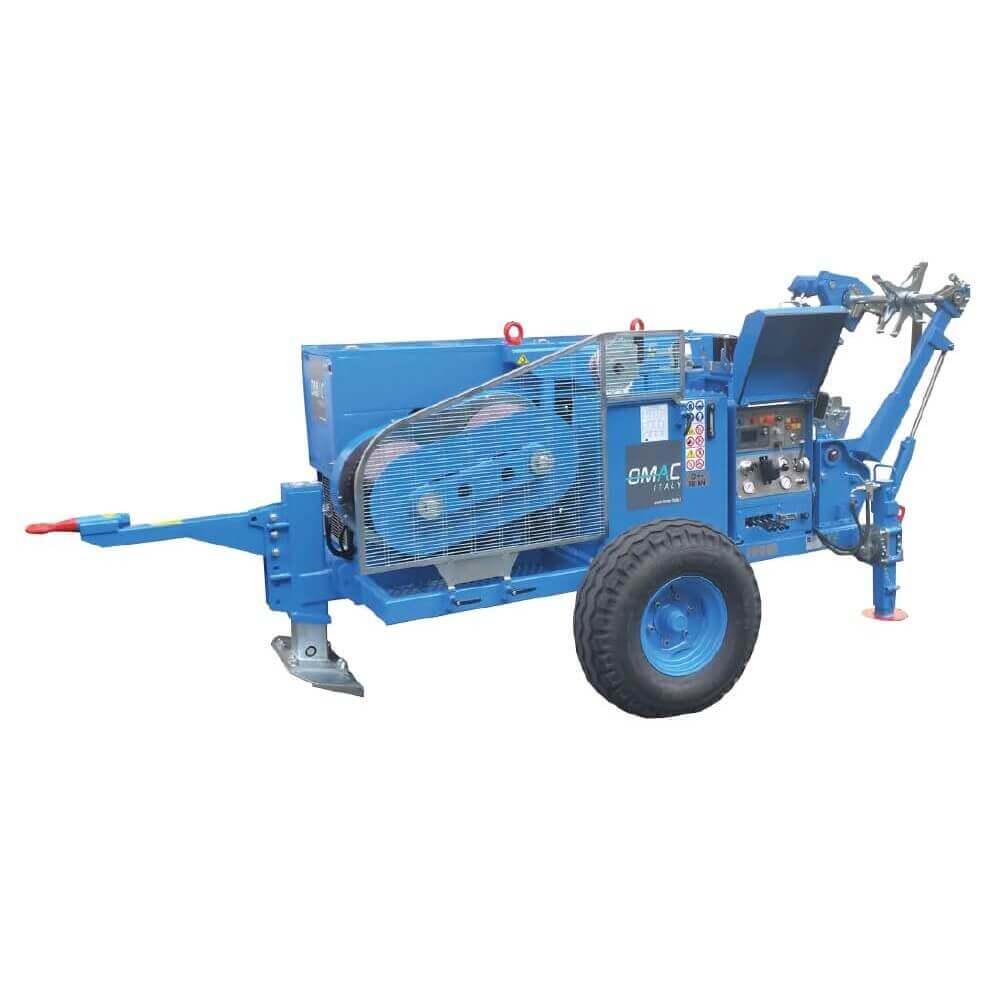
Service winches
Service winches differ in construction and equipment, they are designed specifically for service and auxiliary works. Service winches are designed in such a way that the rope is wound directly on the drum installed on the winch. This type of winches is called drum winches.
All the force with which the rope is pulled is on the drum, which causes the rope to tighten on the drum, therefore it is not advisable to pull the ropes with high power. According to physics, with each turn of the rope being wound, the force of the rope being pulled also changes because the outer diameter of the pulling drum changes.
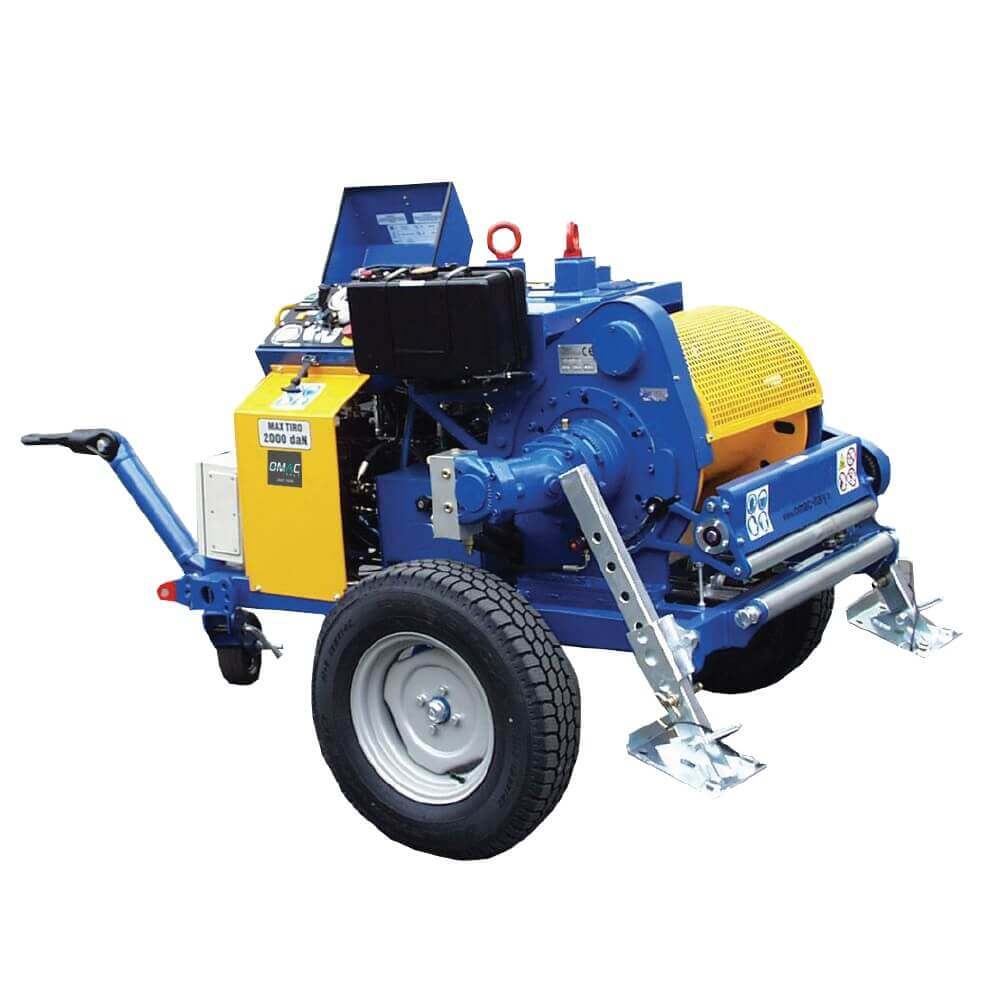
The big advantage of this solution is the small dimensions of the machine, its weight and mobility. They are usually used to pull heavy ropes of large diameters or, for example, when pulling materials on high-voltage poles. Additional protection of the negative brake is necessary for this type of work.
Such protection is activated automatically when the hydraulic system is damaged, when the work is stopped or e.g. when the hose breaks, and it stops the unwinding of the rope from the capstan.
Imagine how dramatic the consequences of an accident can be when we pull material weighing 200-300 kg onto poles up to 70 m high and the machine will be damaged without proper protection.
You do not know how to adjust the power of the selected winch?
Check out the next article and choose the right machine for your project!
Do you like our post?

Give us a review on Google!
The article is a work within the meaning of the Act of February 4, 1994 on copyright and related rights. All copyrights are vested in powerenergy.com.pl; Further dissemination of the work is possible only with the editor’s consent.
